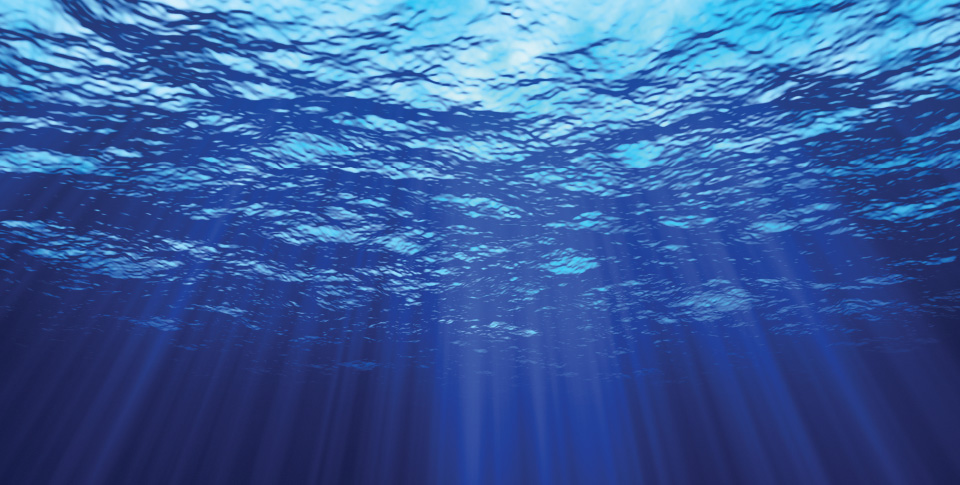The Three Most Terrible, No Good, Very Bad Things

First Bad Guy: Naegleria Fowleri
On a hot August weekend, there’s nothing better than spending a day at the lake. Fishing, boating, swimming—there’s something for everyone. Many parents caution kids to hold their nose when they jump in the water, but most don’t know why they repeat the same words their parents probably shouted at them when they were kids. Here’s why.
An amoeba named Naegleria Fowleri, aka the “brain-eating” amoeba, lives in fresh-water lakes, rivers, and hot springs all over the world and becomes especially plentiful when water temperatures climb above 80 degrees. If water containing this amoeba is forced up someone’s nose into the sinuses and the brain via the olfactory nerve, it can cause primary amoebic meningoencephalitis (PAM). The good news: PAM is extremely rare. Since 1962, only 132 infections have been reported in the U.S. The bad news: all but three were fatal.
The last PAM fatality in Texas occurred in August 2010 in Tarrant County. Back in 2007, Naelgeria Fowleri in Lake LBJ claimed the lives of a 12-year-old boy and a 24-year-old man.
PAM is scary, but there’s no need to fear contracting it if you follow one or more of these safety tips:
Hold your nose when jumping into the water or when you fall off your water skis. It’s not dangerous to get the amoeba in your mouth or even in your nose as long as the water doesn’t travel forcefully into your sinuses. Swallowing PAM-containing water doesn’t bring on the disease, nor does getting this water in your eyes and ears.
Use a nose clip while swimming if you’re worried, but that’s not usually necessary. Just blow air out of your nose when your face is in the water.
If you swim in a hot spring or near a power plant that produces warm water, don’t stir up the mud on the bottom. It could contain high concentrations of the amoeba.
It’s reasonably safe to swim all summer in the bodies of water near Austin, though it’s wise to take precautions in July, August, and early September.
Second Bad Guy: Non-tuberculous Mycobacteria (NTMs)
Round Rock Ironman triathlete Tom Marek had a close encounter with an NTM known as M. chelonae-abscessus. It’s actually related to bacteria that cause tuberculous and leprosy. In 2012, he noticed swelling on the knuckle of his right middle finger. He wasn’t worried until the symptoms worsened. His primary care doctor prescribed an antibiotic, but the symptoms worsened. A hand specialist administered various antibiotics via PICC lines that were inserted during two different hospital stays. Nothing helped. It began to look as though Marek might lose his finger to the bacterium.
Finally, an infectious disease specialist in Austin diagnosed the problem as M. chelonae-abscessus and prescribed the correct antibiotic to cure the infection. The ordeal took almost two years.
NTMs live everywhere in water, soil, and air, but most cause no problem. In fact, it’s hard to get an infection unless you have an open cut or abrasion on your body or your immune system is compromised. The infection rate is a bit higher than for PAM at about 47 cases per year in the U.S., but the mortality rate is much lower thanks to the right antibiotic.
Marek doesn’t recall having any open cuts or sores on his body in the months leading up to the infection. He speculates that his immune system may have been a bit compromised because he was training hard for his second Ironman race and was swimming long distances in most of the local lakes and rivers.
The best way to avoid an NTM infection is to examine your body before you go swimming. Are there any shaving nicks, skinned knees, “road rash,” or any other open wounds on any family member? If so, consider using a protective covering such as Crazy Glue or Liquid Bandage on each cut, especially if you’ve been feeling stressed, tired, or under the weather.
Third Bad Guy: Runoff after a heavy rain
When the soil and grass can’t absorb heavy rainfall, stay out of the water for a day or two. Runoff from local lakes and rivers can contain higher levels of bad things: bacteria, other pathogens, fertilizer, insecticides, pesticides, pet waste, motor oil, and debris of various kinds. Also, stay away from storm drains that empty into the lake or river where you swim. If you see trash, oil slicks, or dead fish, swim somewhere else because these things can indicate the presence of disease-causing microorganisms and harmful pollutants.
The main takeaway: dangers exist in water, but most rarely infect people. You can take a few precautions to lower the risk. If you love the water, there isn’t much that should keep you from it. We’ll see you out there. Be safe and have fun.






